Page Two.
Near Palenque, Chiapas, Mexico.
Travel & Tour
Pictures, Photos, Information, Images, & Reviews.
George & Eve DeLange
Google Map To Palenque Archaeological Ruins
Near Palenque, Chiapas, Mexico.
View Larger Map
We Are Proud Of Our SafeSurf Rating!
Click On Any Of The Following Links By Amazon.Com
For Books Or Videos About Touring In Mexico. No Obligation!
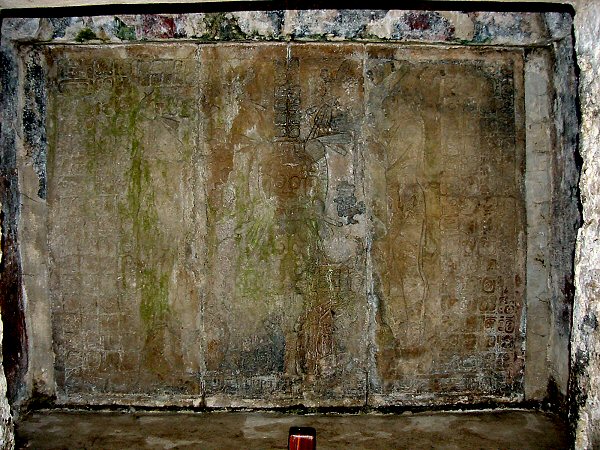
Photo Of Original "Tablet of the Sun,"
From The "Temple Of The Sun", 692 A.D.
 |
| Photo Of Original "Tablet of the Sun," From The "Temple Of The Sun", 692 A.D. |
|---|
Palenque Archaeological Ruins:
Tour Continued From Page One. After leaving The Temple Of Inscriptions, North of the temple, the trail divides with one part going North along the West side of the Palace, the other part of the trail continues to the East and takes a footbridge across "The Aqueduct", which is a man made, rock lined, part of the Rio Otolum. The route takes us up a small ridge toward the South into the Cross Group, named such because of the cross located on the "Temple Of The Cross" in that group. We took the trail into the Cross Group and visited the temples in that area. The Cross Group is Palenque's second greatest complex. Our trail takes us South to Temple 15 on our right. Temple 15 is a low flat platform. If we look to the left we see the West side of The Temple Of The Cross. Continuing South and to the right we see Temple 14 which is larger than Temple 15. Temple 14 is made of two tiers and it is located next to The Temple Of The Sun, which is to the South of Temple 14. Temple XIV was probably built by Kan Balaam II's successor, K'inich K'an Joy Chitam II. Archaeologists have found a burial of 18 skeletons and some elaborate incense burners which are now in the site museum (see our museum page), in the plaza behind Temple XIV and between Temple XV. Continuing South we see the smallest of the three main temples of the "Cross Group." It is the "Temple of the Sun" rising up on the west side of the plaza. We climb 17 steps up and then another seven steps to the top of this temple. The roof contains pieces of a stucco monster mask relief, while on the roofcomb we can actually see the legs of a large god like figure who is seated at the top center and then we see the remains of a row of smaller gods sitting below. The center two piers have standing figures; with headdresses. The left and right piers are glyphs with a cartouche on the left pier. The next structure we see is the "Temple of the Foliated Cross," which is built against the hillside on the east side of the plaza. It was probably the last of the "Cross Group" that was built. Like each of the "Cross Group" structures, it is topped with a small temple with three doorways, a mansard roof, and a roofcomb. We enter a wide outer room with three doorways opening along the back. The left and right doors enter small vaulted chambers, while the center takes you to the sanctuary. The sanctuary looks like a small one room temple. On the back wall we see the Tablet of the Foliated Cross. On the left stands Kan B'alam II, opposite him is Lord Pakal. Pakal is passing on to Kan B'alam II the symbols of royal power. Between them rises the Foliated Cross, representing the World Tree, with maize stalks, symbolizing maize as the source of life. Next we move on a short distance to the North and we come to "The Temple of the Cross." It is the largest of the three pyramids that occupies the north end of the "Cross Group" plaza. Its main staircase faces away from the rest of the city. We climbed five tiers to reach the temple at the top. Its roofcomb is the highest one at Palenque. From here we had a wonderful view of all of the "Cross Group" structures. Its interior designt is the same as the other temples, only more spacious. The temple's left doorjamb shows Kan B'alam II in full kingly regalia on January 20, 690 A.D. at the end of a ten day ritual following his accession. The opposite door jamb shows God L, an aged cigar-smoking god who guided Kan-B'alam on his journey. The Tablet of the Cross-panel inside the temple shows Kan B'alam II and Pakal during the accession ritual just before the dead Pakal has handed over the scepter of power. Between them rises the World Tree showing its role as the axis of the Universe, arising from the underworld to the Heavens with all four directions coming from it. The interior temple shows Kan Balaam II's ascent to the throne. This time, he is shown in war and sacrifice. The back wall contains the "Tablet of the Sun". From the Cross Group, a path drops and crosses the Rio Otolum to Palenque's Palace, one of the most complicated structures in Mesoamerica. This complex of courtyards separated by long "houses" with corridors was the central ritual and perhaps residential space of Palenque's rulers. Many of the rooms contained ornate benches that were probably used as thrones. On the walls you can see holes for pegs holding tapestries to divide rooms and cover doorways. Based on a three-meter-tall platform, the Palace was built in many stages from the early, now-subterranean structures to the multistory Tower, erected just before the city's collapse. THIS TOUR IS CONTINUED ON THE PALENQUE PALACE PAGE
|
Getting to Palenque can be somewhat of a challenge since no major airlines travel to Palenque. Here are our suggestions:
By air:
By land:
You have to take highway 190 coming from Tuxtla Gutierrez, which goes across Chiapas in a west to southeast direction going past San Crist�bal de las Casas, and then on highway 199 leading to Ocosingo and Palenque. The trip takes approximately 5 hours. If your drive begins at Villahermosa, you take highway 186 up to the City of Esc�rcega; from there you take highway 114 to the Municipality of Palenque, where there is a bifurcation towards the archaeological compound. The trip takes a little over two hours.
By train:
Also, you could take the "Mayan Express", a luxurious tourist service connecting M�rida and Palenque. The "Mayan Express" train has a coffee car, dinning car and club car. It also has a library specialised on pre-Hispanic cultures. We have always driven there from either Tuxtla Gutierrez or Villahermosa. We would fly to one of those cities and then rent a car to drive to Palenque. There are "guides" at the Gate into Palenque, if you wish to hire a "guide." Note: There are several nice hotels in the nearby city of Palenque. There is no reason why you could not visit the Palenque ruins over a two or three day time period. That way, you could "see it all"! We have links to Priceline on this page so you can find airlines and hotels that serve those areas.
|
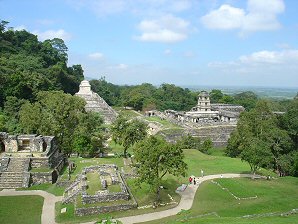 | 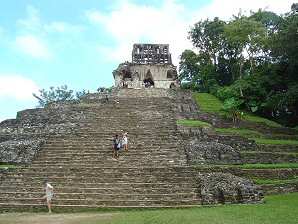 |
| This is The Trail Going South (Left) Into"The Cross Group". | "Temple Of The Cross". |
|---|---|
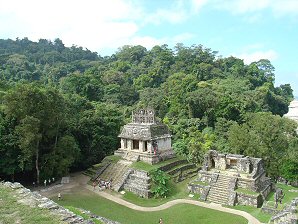 | 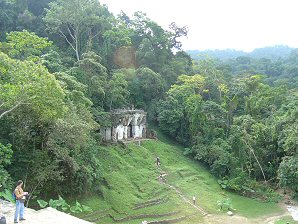 |
| Left, "Temple Of The Sun" Right, Temple 14. | "Temple Of The Foliated Cross". |
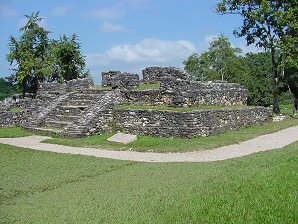 | 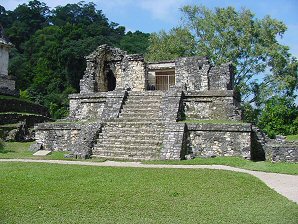 |
| Temple 15. | Temple 14. |
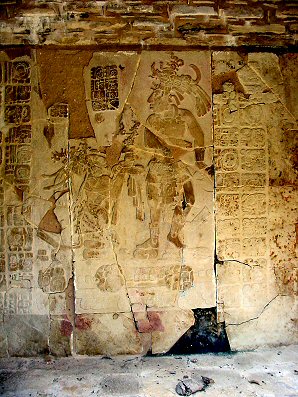 | 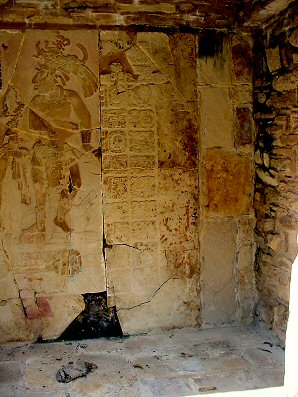 |
| Temple 14 Frieze. | Temple 14 Frieze |
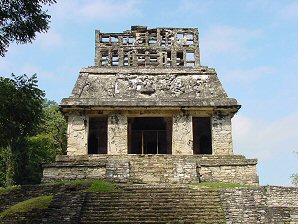 | 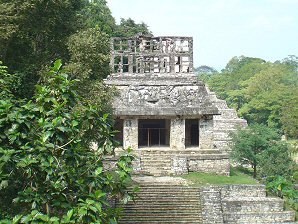 |
| "Temple Of The Sun". | Temple Of The Sun". |
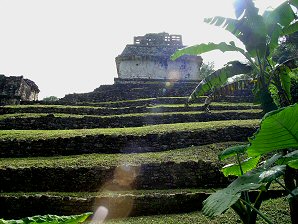 | 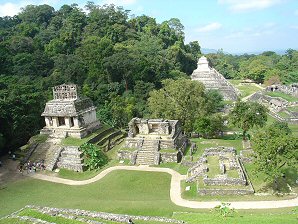 |
| Back Side, "Temple Of The Sun". Looking East From Rio Otolum And SE Of "Temple Of The Inscriptions". | Temple Of The Sun, Temple 14, And Temple 15, From Temple of The Cross. |
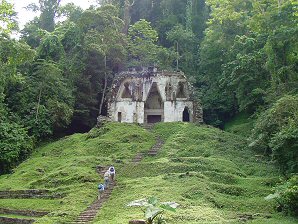 |  |
| Temple Of The Foliated Cross. | Temple Of The Foliated Cross. |
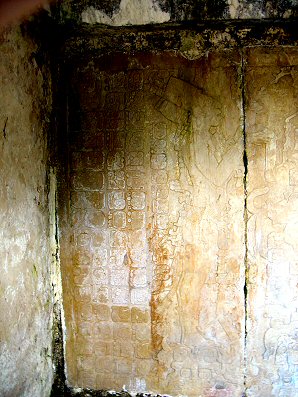 | 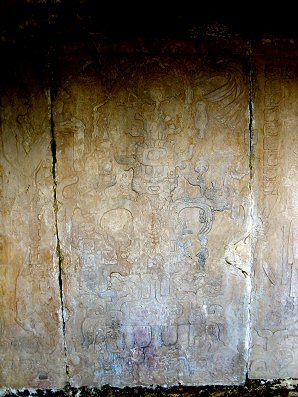 |
| Kan Balaam II. | Foliated Cross. |
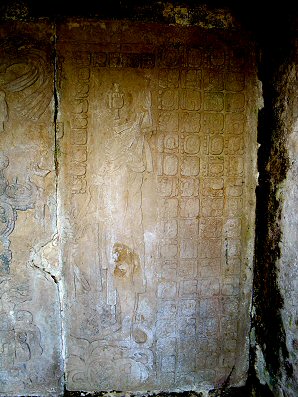 | 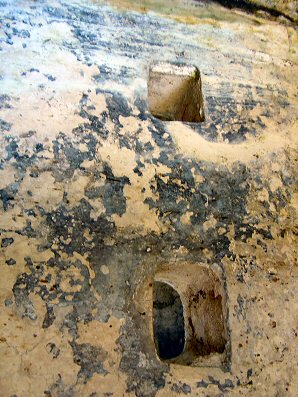 |
| Lord Pakal. | Beam Supports. |
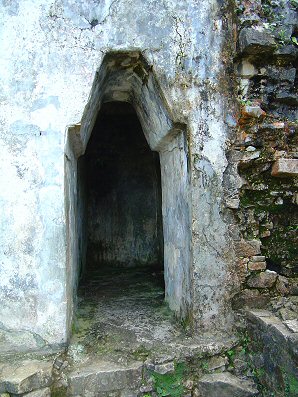 | 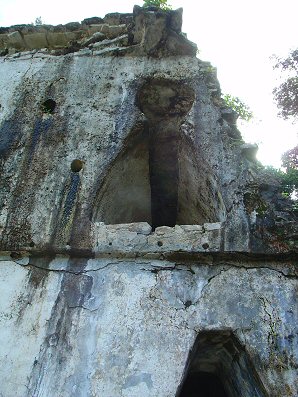 |
| Arch. | Arch. |
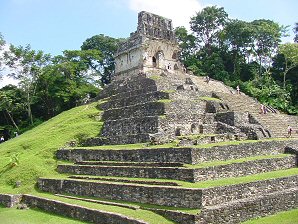 | 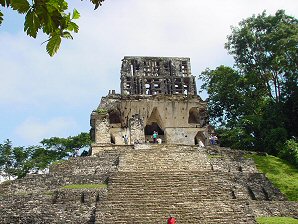 |
| Audrey DeLange At The Temple Of The Cross. | Audrey DeLange At The Temple Of The Cross. |
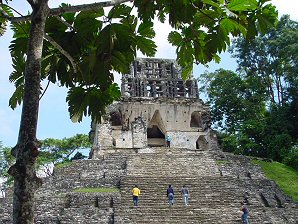 | 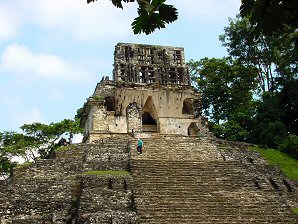 |
| Audrey DeLange At The Temple Of The Cross. | Audrey DeLange At The Temple Of The Cross. |
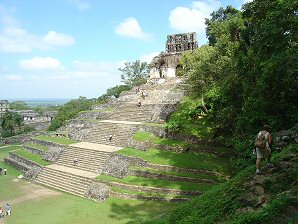 |  |
| Audrey DeLange At The Temple Of The Cross. From Temple Of The Foliated Cross. | The Palace From The Temple Of The Cross. |
We Are Proud Of Our SafeSurf Rating!
Click On Any Of The Following Links By Amazon.Com
For Books Or Videos About Touring In Mexico. No Obligation!
Other Palenque Archaeological Site Pages!
Other Palenque Archaeological Site Pages!



